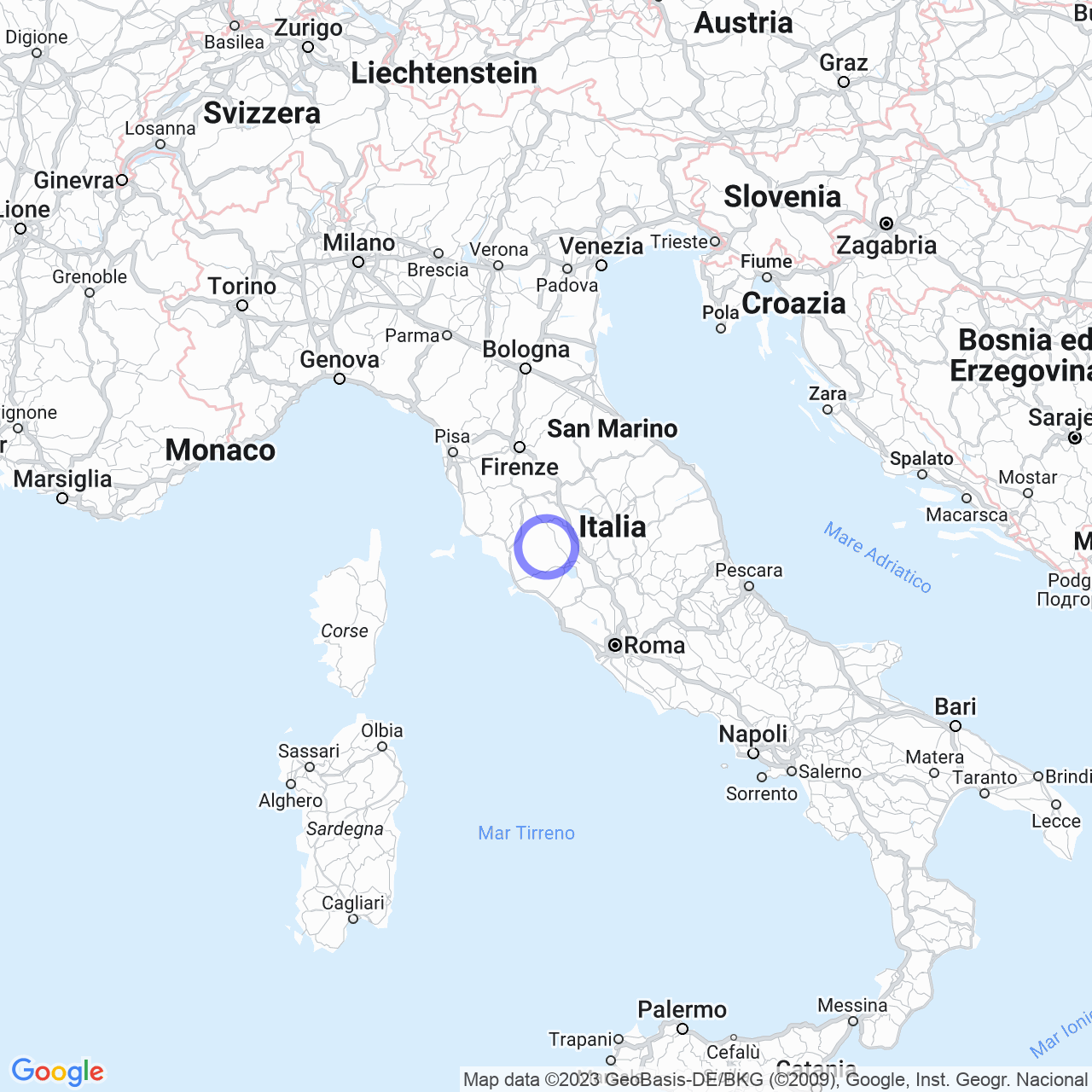Santa Fiora
The history of the county of Santa Fiora
The county of Santa Fiora, along with the county of Sovana, was one of the two subdivisions of the Aldobrandeschi family's possessions in southern Tuscany in 1274. The county consisted of many localities, including Castell'Azzara, Selvena, Arcidosso, Semproniano, Scansano, Magliano in Tuscany, Istia d'Ombrone, Roccastrada, Isola del Giglio, and Castiglione d'Orcia. In the fourteenth century, many of these localities were conquered by Siena, but the county persisted until 1439, when it was inherited by the Sforza family.
The Sforza county of Santa Fiora
After the county was inherited by the Sforza family, it became the Sforza county of Santa Fiora for nearly two centuries. In 1471, the county recognized the high sovereignty of the republic of Siena, but remained independent. In 1624, much of the county was annexed to the Grand Duchy of Tuscany, while the towns of Onano and Proceno passed under the Papal State. In 1789, the county passed directly under the rule of the Habsburg-Lorraine dynasty.

The Convent of the Most Holy Trinity in La Selva
At the foot of Mount Calvo, Count Guido II, supported by his wife Francesca Farnese, had the Convent of the Most Holy Trinity in La Selva built in 1488. The count wanted to be buried there and left a substantial legacy to the religious. According to a report by the Franciscan Giovanni Battista Da Cutigliano in 1646, the count killed a monstrous reptile during a hunting expedition that infested the area. Half of the reptile's head was displayed on the door of the Trinity chapel.
The singular animal described by the parson of La Selva
In a report from the 1930s of the nineteenth century, the parson of La Selva, Don Pietro Coppi, described a singular animal presumed to be the creature killed by Count Guido II. The animal had no teeth, was fifteen soldi long, and seven wide.
The county of Santa Fiora, with its long and interesting history, has been an important center of power in southern Tuscany. The Convent of the Most Holy Trinity in La Selva is a symbol of the county's rich cultural and traditional past. The description of the animal, considered a monster, adds a mysterious element to the story. The county of Santa Fiora definitely deserves a visit from anyone interested in the history of Tuscany.
